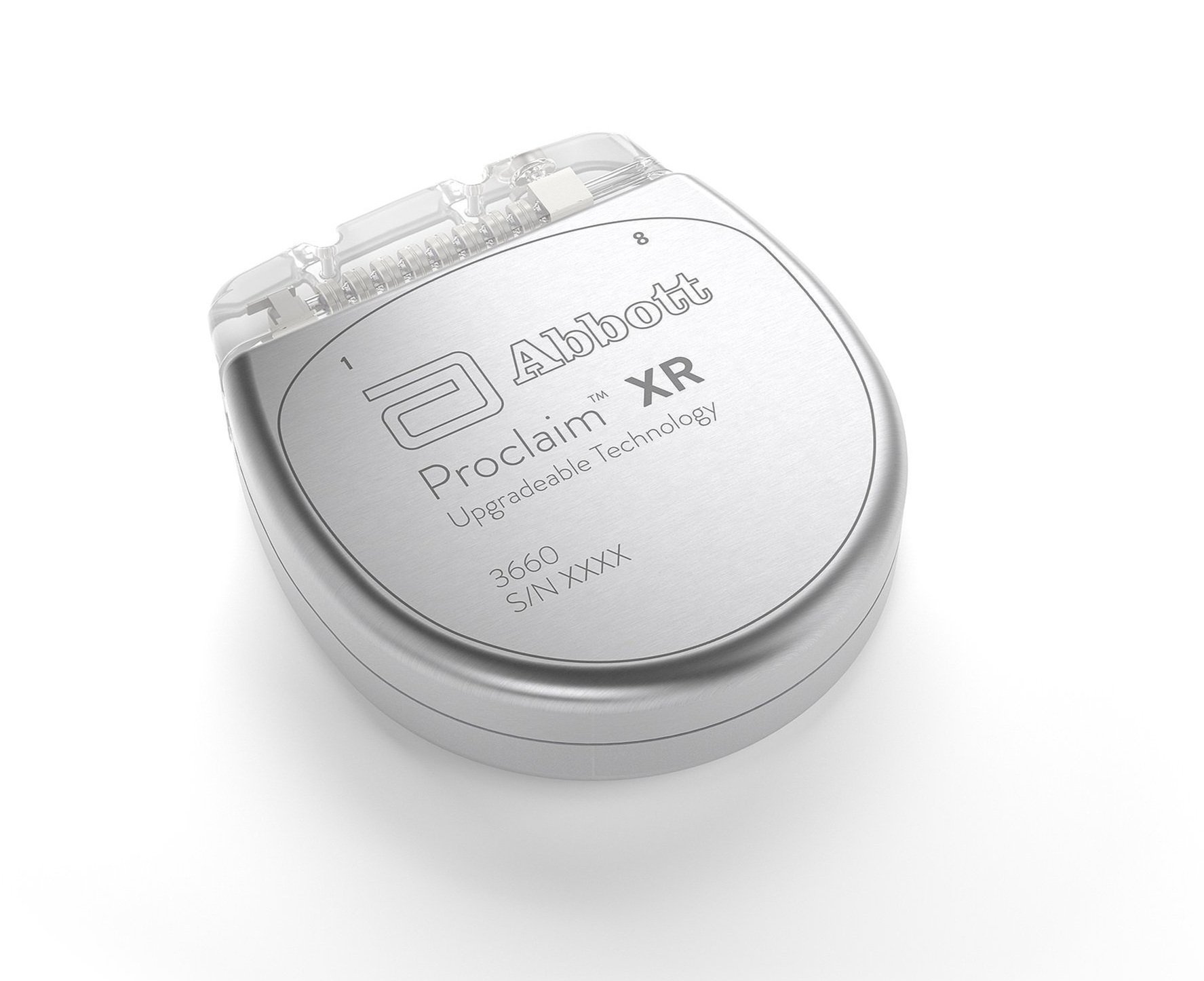FDA Recalls Abbott Stimulators for Technical Malfunction
/By Pat Anson, PNN Editor
After receiving reports of dozens of injuries, the Food and Drug Administration has issued a Class I recall for two models of implantable neurostimulators due to a technical malfunction. The recall affects over 155,000 of Abbott’s Proclaim and Infinity devices, which are primarily used in spinal cord and deep brain stimulation.
Although Class I recalls are the most serious type of recall because they may result in injuries or death, patients are not being advised at this time to have the devices surgically removed. The stimulators were implanted in some patients as far back as 2015.
The malfunction occurs when the devices are temporarily turned off when a patient is having magnetic resonance imaging (MRI). There have been 186 complaints of patients being unable to turn the devices back on once the MRI ends, resulting in a loss of therapy and 73 injuries. No deaths have been reported.
In July, Abbott sent an “urgent medical device correction” letter to healthcare providers who install the devices, to clarify instructions on how to exit MRI mode.
The letter also advises providers to tell patients not to delete their device controller’s connection to Bluetooth if a malfunction occurs, and to update their systems and consult with a physician before having an MRI scan.
ABBOTT IMAGE
Abbott estimates that only about 0.06% of the recalled devices malfunctioned, with 0.03% of them resulting in loss of therapy and additional surgery.
The following devices are included in the recall:
Proclaim XR 5 IPG Model 3660 (previously known as the ‘Proclaim 5 Elite IPG Model 3660’)
Proclaim XR 7 IPG Model 3662 (Previously known as the ‘Proclaim 7 Elite IPG Model 3662’)
Implantable neurostimulators are an invasive treatment of last resort for people with chronic back, leg or head pain. The devices are surgically implanted near the spine or brain, and emit low-level electrical impulses to block pain signals.
About 50,000 spinal cord stimulators (SCSs) are implanted annually in the U.S. and their use is growing – in part because of the belief they’ll reduce the need for opioids and other pain therapies. A recent study found that many patients with stimulators did not reduce their use of opioids, epidurals, corticosteroid injections or radiofrequency ablation; and about one in five had complications so severe the devices had to be removed or revised.
A 2018 study found that SCSs have some of the worst safety records of medical devices tracked by the FDA. An FDA review of adverse events involving stimulators found that nearly a third were reports of poor pain relief. The review also identified nearly 500 deaths linked to the devices, along with nearly 78,000 injuries and 30,000 malfunctions.





